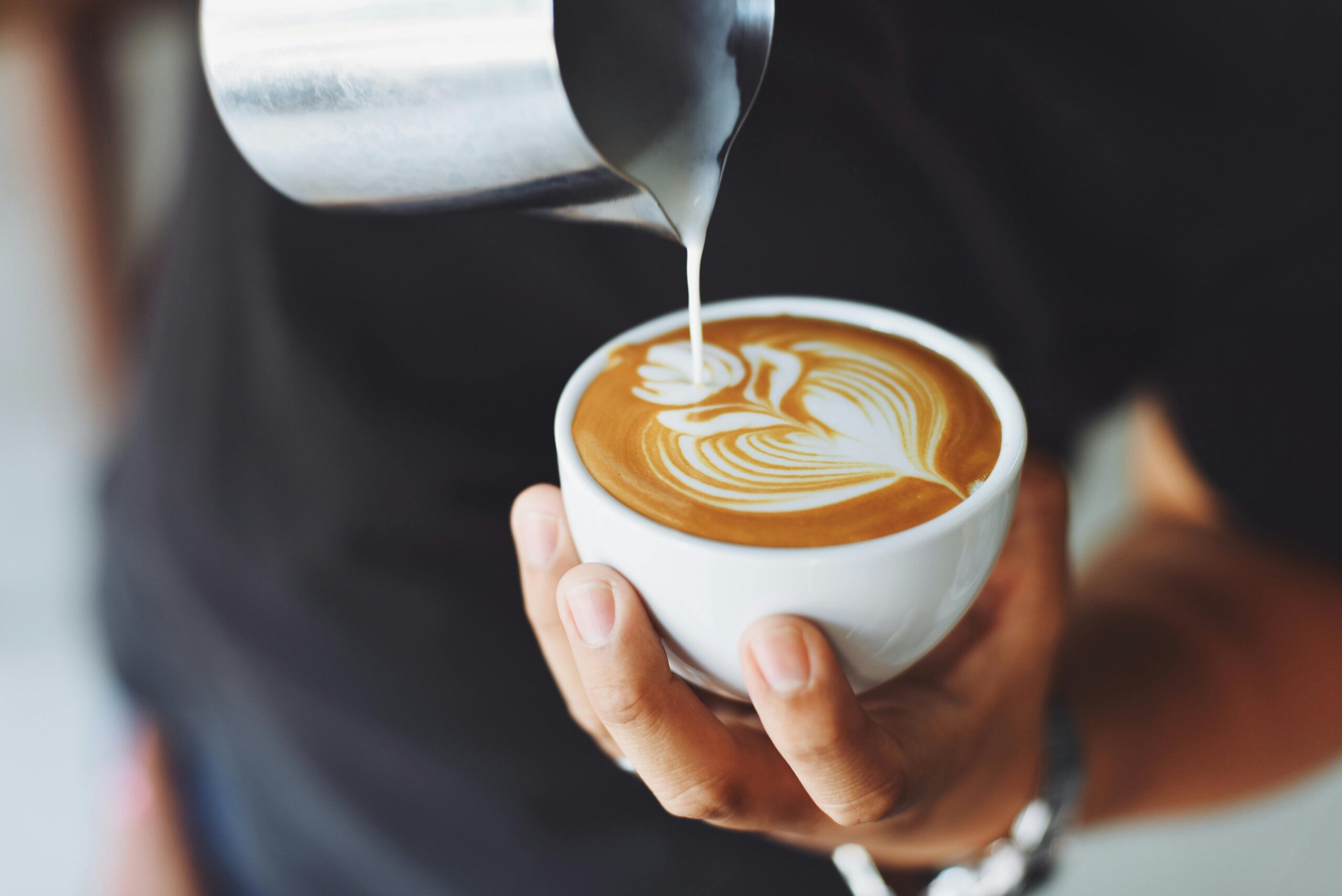(image credit: by Chevanon Photography)
The Brew That Fueled Revolutions
Most of us think of coffee as a necessary morning ritual or a cozy afternoon treat, but few know its history is anything but calm. Coffee has long been linked not just to alertness, but to awakened minds — and for that reason, it was feared by rulers who wanted to control public thought.
In the 16th century, when coffee made its way into Mecca, the drink quickly grew popular in social hubs known as qahveh khaneh — early coffeehouses where people gathered not just for caffeine, but for conversation, music, poetry, and politics. These places became known as “Schools of the Wise.”
The effect? Uprising. Not literally — but the rulers feared the power of shared thought. These discussions bred criticism, philosophy, and questions about leadership. In response, coffee was banned in several regions. The Ottoman Sultan Murad IV even enforced this with violence, issuing harsh punishments for anyone caught sipping coffee in secret.
Europe followed suit for a time. In 1675, England’s King Charles II attempted to shut down coffeehouses for being “hotbeds of sedition.” Religious leaders in Italy once even called coffee the “bitter invention of Satan.”
Coffee’s Redemption — And Global Takeover
So how did coffee go from being illegal to essential?
Simple — it proved too powerful to suppress. Coffee energized not just bodies, but economies. It fueled productivity, creativity, and capitalism. As trade expanded, coffee spread across continents, and by the 18th century, it became one of the most valuable global commodities.
Today, over 2.25 billion cups of coffee are consumed every day. From espresso shots in Italy to iced Americanos in Tokyo, coffee unites cultures, sparks ideas, and — yes — continues to inspire conversations, just as it did centuries ago.
Quick Fun Facts About Coffee
Goats discovered it first: Legend says Ethiopian herders noticed their goats became unusually energetic after eating coffee berries.
The most expensive coffee? Comes from beans eaten and excreted by the Asian palm civet — called kopi luwak, it can cost over $100 per cup.
Decaf isn’t 100% caffeine-free: It still contains about 1–2% of the original caffeine content.


